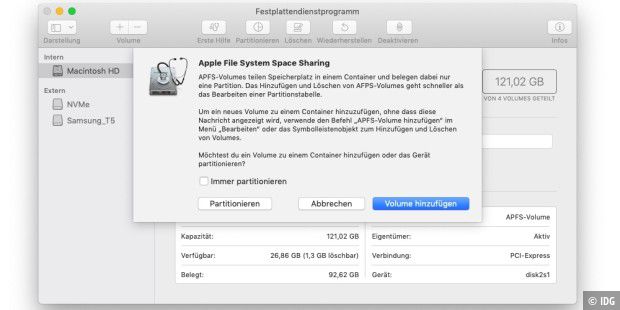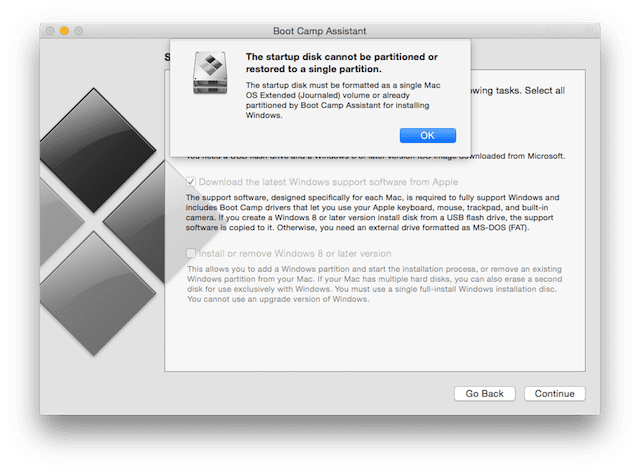
- #How update boot support partition for volume on mac os x how to#
- #How update boot support partition for volume on mac os x mac os x#
- #How update boot support partition for volume on mac os x install#
#How update boot support partition for volume on mac os x mac os x#
Mac OS X is installed on your drive, but you want to upgrade to a major new version (such as when going from Mac OS X 10.3 Panther to Mac OS X 10.4 Tiger), or you want to reinstall a version already installed (perhaps in hopes of eliminating suspected problems with the currently installed copy).You erased a drive on which Mac OS X was installed (perhaps because it contained corrupted data you could not fix), and you now want to reinstall Mac OS X.
#How update boot support partition for volume on mac os x install#
Presumably, you purchased a retail version of Mac OS X, and you now want to install it.

Continue through the on-screen prompts until you’re asked if you'd like to import user data from another system. Once the OS has been installed, your computer will restart to the new drive and walk you through the final setup steps. Use Migration Assistant to transfer your data to the newly installed OS on your drive
#How update boot support partition for volume on mac os x how to#
If you’re installing a later OS, you can follow this guide on how to create install media. If you are unable to use Internet Recovery, and you’re installing Mac OS 10.7 to 10.14, you can create a USB installer using DiskMaker X, in order to install a clean OS. If your computer boots into a four-option menu then you have the ability to use Internet Recovery. If your computer does not have an internet connection, it will prompt you to connect to a wireless network. To make sure you have access to Internet Recovery, restart your computer and immediately hold down the Command + Option + R keys until you see a spinning globe logo. If you’re using Mac OS X 10.7 or later and do not have a functional recovery partition, and your computer is found on this list (or is newer than what’s in the list), you can use the Internet Recovery feature built into your Mac. If your computer boots normally to your desktop then you do not have a recovery partition. If your computer boots into a four-option menu then you have a functional recovery partition that can install the OS. To make sure you have a functional recovery partition, restart your computer and immediately hold down the Command + R keys until the Apple logo appears. Make sure you have a means of installing your chosen OSįor Mac operating systems Mac OS X 10.6 or earlier, you will need the OEM installer disc.įor Mac OS X 10.7 and later, you can use the recovery partition on the original drive. Please contact our customer service team if you are still unsure of which solution is best.

If the Mac can hold both the new drive and the original drive (for example, a 2006-2012 Mac Pro, or a laptop or Mac mini with a Data Doubler) no enclosure should be necessary. In some cases, you'll need a special enclosure for Apple's SSD. Depending on the drive’s capacity and connector type, you can use one of the following solutions to connect it to an External Enclosure, the OWC Drive Dock, or the Newer Technology Universal Drive Adapter. We offer many DIY kits with an external enclosure included. If you plan to use your old drive for external storage when the migration process is complete, you can install that drive into an enclosure. For single-drive computers, you'll need a device to connect the old drive to your computer after your new drive is installed. To transfer your data, you'll need both your original drive and your new drive, connected at the same time. Make sure you have a way to transfer your data


 0 kommentar(er)
0 kommentar(er)
